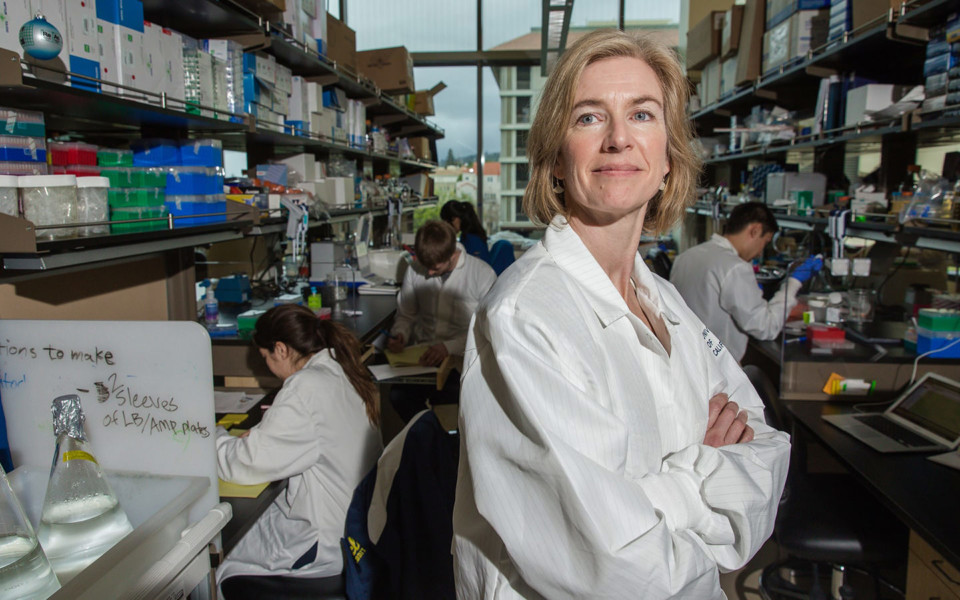A Crack in Creation review – Jennifer Doudna, Crispr and a great scientific breakthrough
This is an invaluable account, by Doudna and Samuel Sternberg, of their role in the revolution that is genome editing
It began with the kind of research the Trump administration wants to unfund: fiddling about with tiny obscure creatures. And there had been US Republican hostility to science before Trump, of course, when Sarah Palin objected to federal funding of fruit fly research (“Fruit flies – I kid you not,” she said). The fruit fly has been a vital workhorse of genetics for 100 years. Jennifer Doudna’s work began with organisms even further out on the Palin scale: bacteriophages, tiny viruses that prey on bacteria.
Yoghurt manufacturers knew they were important, not least because bacteriophages can destroy yoghurt cultures. Research on the mechanism of this process began in the labs of Danisco (now part of the giant DuPont) in the early 2000s, before spreading through the university biotech labs. In 2012 Doudna and Samuel Sternberg’s team at Berkeley (they are co-authors of the book but it’s written solely in Doudna’s voice) came up with probably the greatest biological breakthrough since that of Francis Crick, James Watson and Rosalind Franklin.


